You don't need to breathe too hard into the individual's mouth. Just enough to watch the chest rise and fall. A normal breath, which lasts about a second, will be perfectly adequate.
If anybody starts mithering that you're doing it in the wrong order, just ignore them.
I'm telling you the ABC (Airways, Breathing, Circulation) method, but there's been a massive campaign by the American Heart Association to go for CBA (Circulation, Breathing, Airways) instead. As far as I can ascertain, that's largely because people were so busy worrying about looking like they're snogging a stranger, that they talked themselves out of performing CPR.
Starting with chest compressions meant they were committed before they got to the socially impolite stage, thus were less likely to back out.
Other campaigns, like the Hands Only CPR one across two continents, took out entirely the requirement to give rescue breaths. It was hoped that more people would prefer to save lives that way, instead of fretting what other people were thinking about them.
In short, various people learn different ways to do this. As long as you're doing one of them, it really doesn't matter which one!


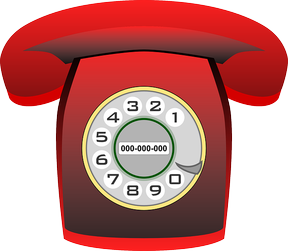 If you aren't alone, then ask a friend/bystander to call the emergency services. Ask them to tell you when the ambulance is coming.
If you aren't alone, then ask a friend/bystander to call the emergency services. Ask them to tell you when the ambulance is coming.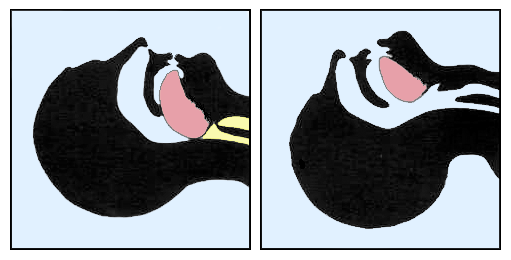
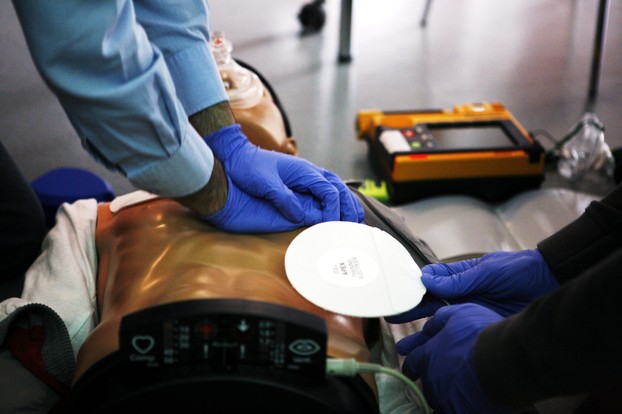
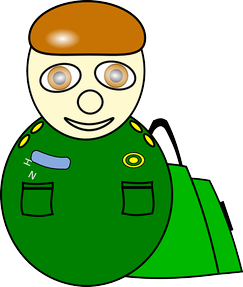 Trained medics can tell at a glance whether you're 'doing it right'.
Trained medics can tell at a glance whether you're 'doing it right'.









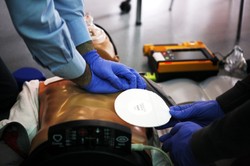

 St Tydecho's Churches in West Waleson 09/03/2014
St Tydecho's Churches in West Waleson 09/03/2014
 Goodies for an Outlander Premiere Partyon 03/06/2015
Goodies for an Outlander Premiere Partyon 03/06/2015
 Holocaust Memorial Day Interview with Rainer Höss, Grandson of Rudolf Architect of Auschwitzon 01/24/2015
Holocaust Memorial Day Interview with Rainer Höss, Grandson of Rudolf Architect of Auschwitzon 01/24/2015
 Romantic Valentine Gifts for an Outlander Fanon 01/16/2015
Romantic Valentine Gifts for an Outlander Fanon 01/16/2015

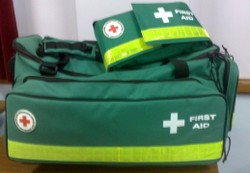

Comments
I could teach you now that you're here. You wouldn't be qualified, but you'd have some training. I've even got a big box of old bandages to practice with. :) Though it might be worth checking at your Uni. I got a free course back in the day at mine. It's always worth knowing too, or all the obvious reasons, plus the bonus of giving you the confidence in life.
Wow- it took em a while to read this one, but this is such a good article to have out there. I know getting training and a first aid certification is incredibly important, but I'm surprised I hadn't know at least the basics of CPR until reading this. I even lived with someone who was a lifeguard, who spoke with me regularly about the importance of knowing first aid/CPR.
Thank you very much. <3
Good article Jo.
That is such a good idea! I really wish we had that here too. Our doll is also called Annie.
I can't say how is now (I suppose there were no significant changes), but in our country everybody who wants to pass exam to get driving license must go through the course of first aid with an exam at the end. We performed the 'kiss of life' on the doll called Annie (Ancka) and this part was the most often the reason to fail the exam.